When it comes to lawn care in Madison, fall can be a bit confusing! Plenty of well-meaning lawn advice floats around, but not all of it actually works – and some could even hurt your grass as it heads into winter. That’s why we’re here to clear up some of the most...
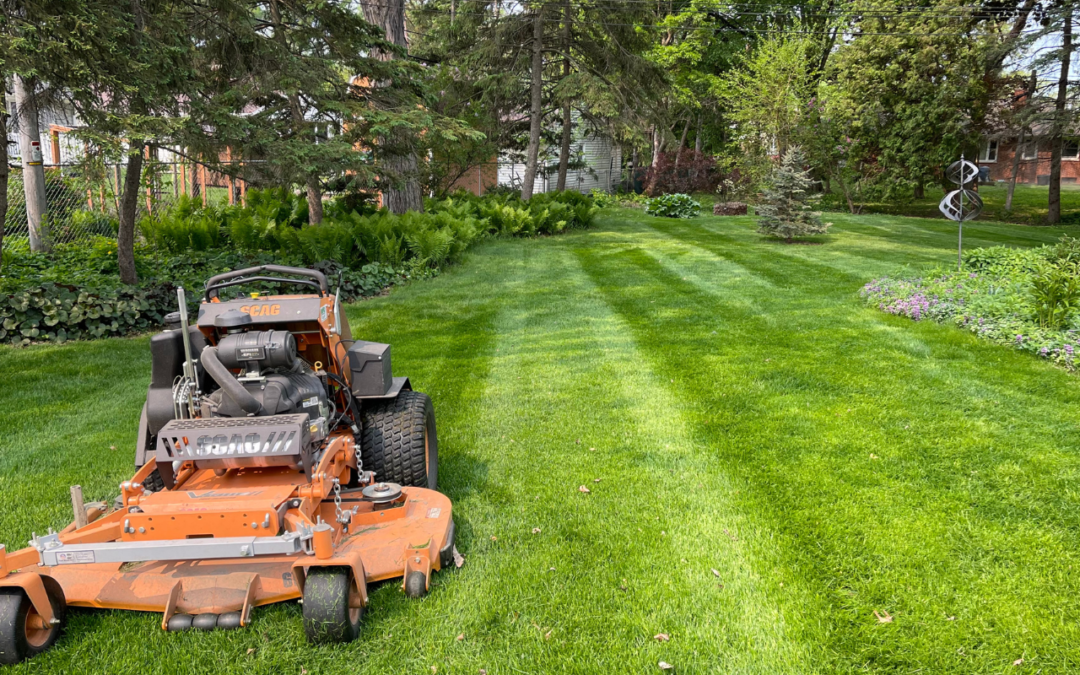
The Benefits of Professional Lawn Care: Why Hiring a Lawn Mowing Company is Worth It
Maintaining a lush, green lawn is a point of pride for many homeowners. However, achieving that picture-perfect lawn requires time, effort, and expertise. As the summer months approach and lawns begin to grow rapidly, many homeowners find themselves facing the daunting task of lawn care. Fortunately, professional lawn mowing companies are here to help. In this blog post, we’ll explore the numerous benefits of hiring a professional lawn care service to maintain your lawn during the summer months, highlighting the expertise, efficiency, and convenience they offer.
- Expertise and Knowledge: One of the primary advantages of hiring a professional lawn mowing company is access to their expertise and knowledge. Trained professionals understand the unique needs of different grass types, soil conditions, and climates. They have the experience to identify common lawn issues such as pests, diseases, and nutrient deficiencies and can provide targeted solutions to address them. By entrusting your lawn to the care of professionals, you can rest assured that it’s in capable hands.
- Quality Results: Professional lawn mowing companies are equipped with state-of-the-art equipment and tools designed to deliver superior results. From precision mowers to specialized trimming and edging equipment, they have everything needed to achieve a clean, uniform cut and professional-looking finish. Their attention to detail ensures that your lawn is not only well-maintained but also healthy and vibrant, enhancing the overall curb appeal of your home.
- Time and Efficiency: Lawn care can be a time-consuming task, especially during the summer months when grass grows quickly. Hiring a professional lawn mowing company frees up your valuable time, allowing you to focus on other priorities or simply enjoy leisure activities with family and friends. Professionals work efficiently and systematically, completing the job in a fraction of the time it would take the average homeowner. This means you can enjoy a beautifully manicured lawn without sacrificing your weekends or evenings to yard work.
- Consistency and Reliability: Professional lawn mowing companies operate on a regular schedule, ensuring that your lawn receives consistent care throughout the summer months. Whether it’s weekly, bi-weekly, or monthly service, you can rely on them to show up on time and keep your lawn looking its best. This consistency is particularly beneficial during periods of rapid growth or inclement weather when regular maintenance is essential to prevent overgrowth and maintain lawn health.
- Customized Care Plans: Every lawn is unique, with its own set of challenges and requirements. Professional lawn mowing companies understand this and offer customized care plans tailored to the specific needs of your lawn. Whether you have a small residential lawn or a sprawling estate, they can develop a comprehensive maintenance plan that addresses mowing frequency, fertilization, weed control, and more. By taking a personalized approach to lawn care, professionals ensure that your lawn receives the attention it deserves.
- Cost-Effective Solutions: While some homeowners may hesitate to invest in professional lawn care services, the reality is that it can be a cost-effective solution in the long run. By preventing issues such as overgrown grass, weed infestations, and pest damage, professionals help maintain the health and vitality of your lawn, reducing the need for costly repairs and treatments down the line. Additionally, their efficient use of time and resources can save you money compared to DIY efforts that may require purchasing expensive equipment or products.
The benefits of hiring a professional lawn mowing company are clear. From their expertise and efficiency to their reliability and customized care plans, they offer a level of service that simply can’t be matched by DIY efforts. By entrusting your lawn to the care of professionals, you can enjoy a beautiful, well-maintained lawn without the hassle and stress of doing it yourself.
Ready to sit back, relax, and let the professionals take care of your lawn this summer? Contact Friske Lawn Care at 608-445-5883 or shoot us an email at [email protected].
5 Common Lawn Care Myths Busted: Fall Edition
Prepping Your Lawn for Fall: Essential Tips for Midwest Homeowners
As autumn begins to sweep across the Midwest, the changing leaves bring a reminder: it’s time to prepare your lawn for the colder months ahead. Ensuring your grass is healthy now can make a big difference in its vitality next spring. Below are some essential fall lawn...
The Therapeutic Benefits of a Well-Maintained Lawn
In the hustle and bustle of modern life, finding a sanctuary can make all the difference in maintaining our mental well-being. One such refuge may be closer than you think: your own backyard. A well-maintained lawn is not just a mark of curb appeal—it can be a serene...


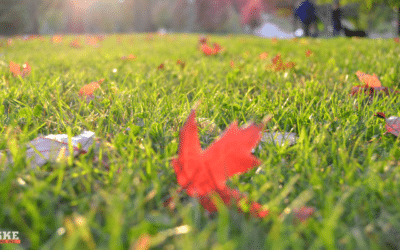

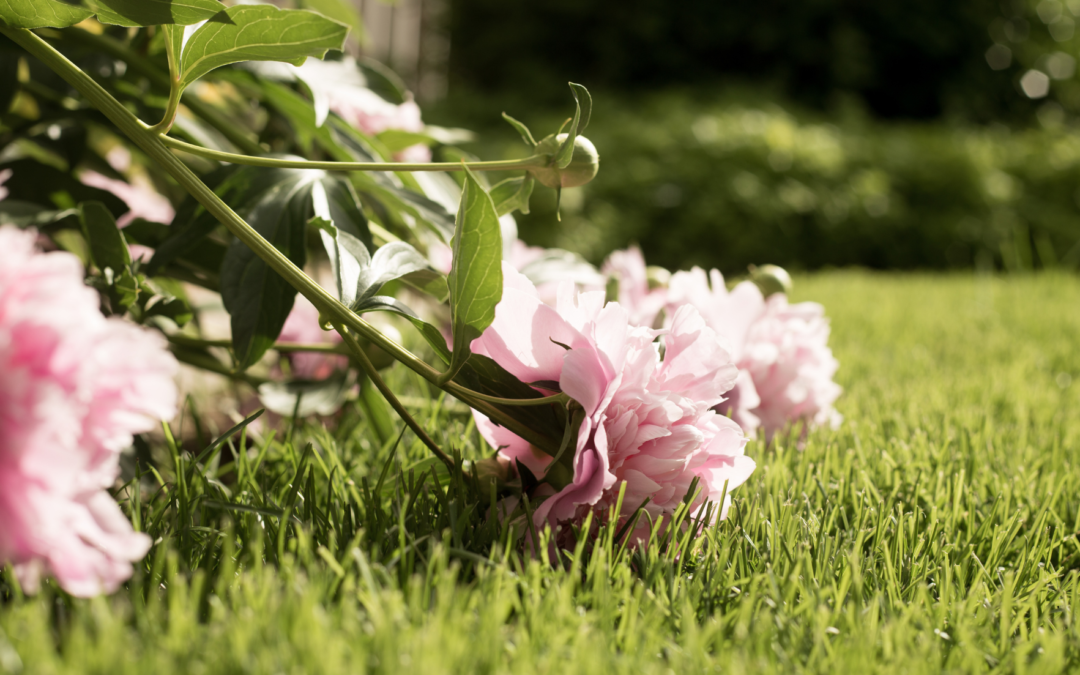

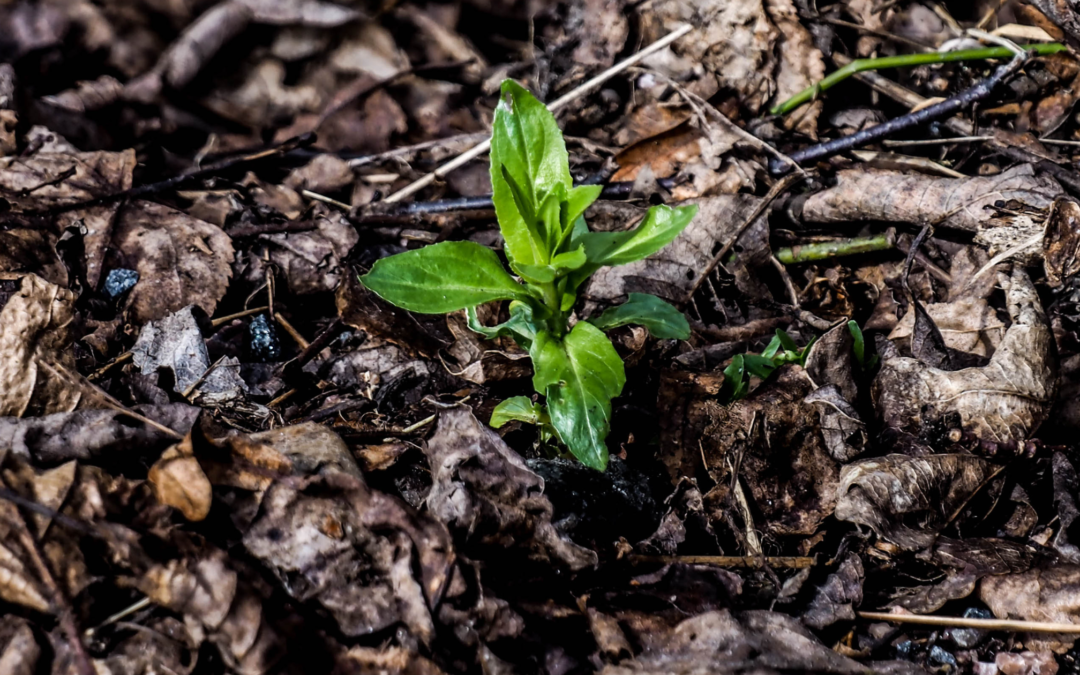
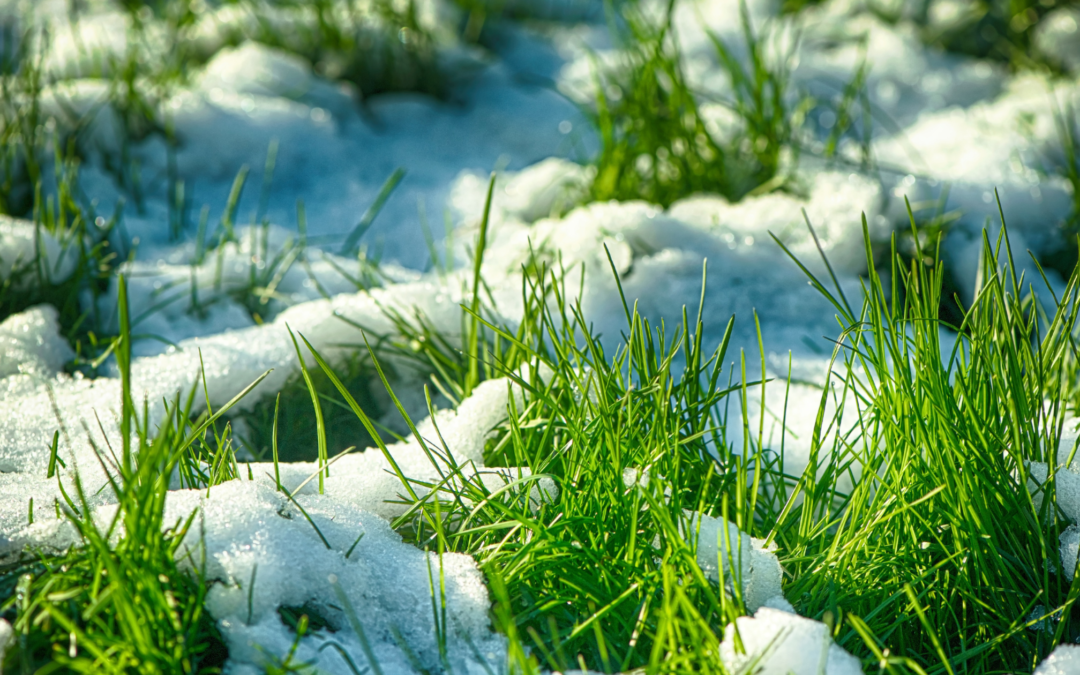
Recent Comments